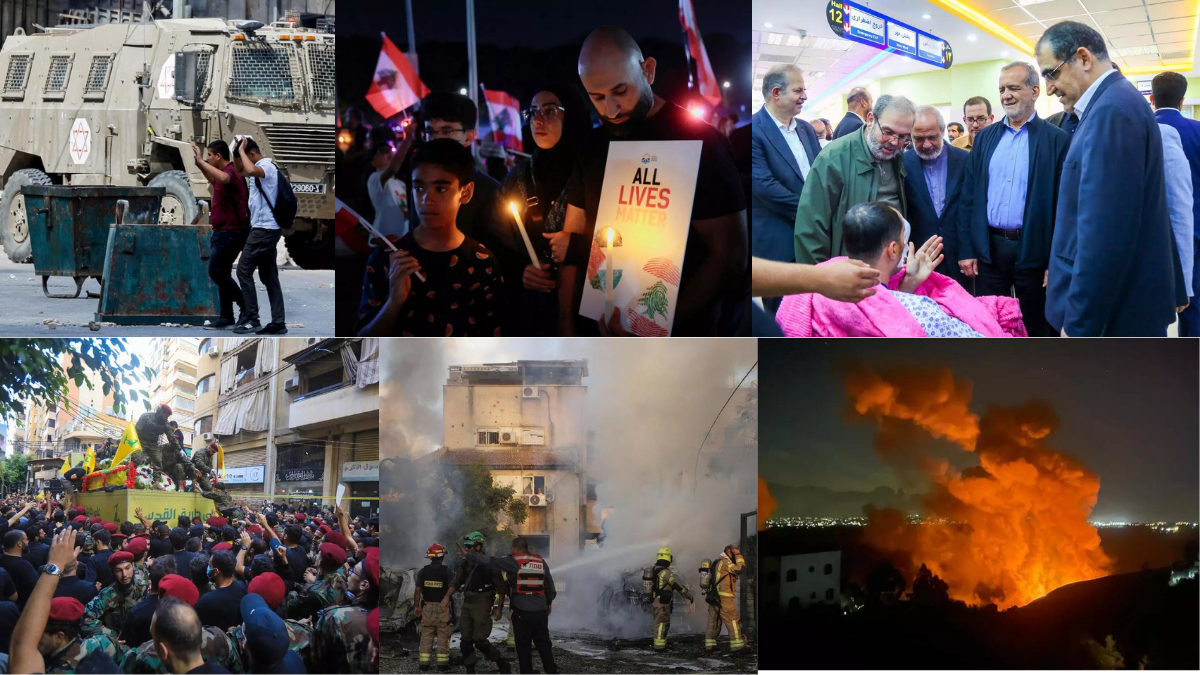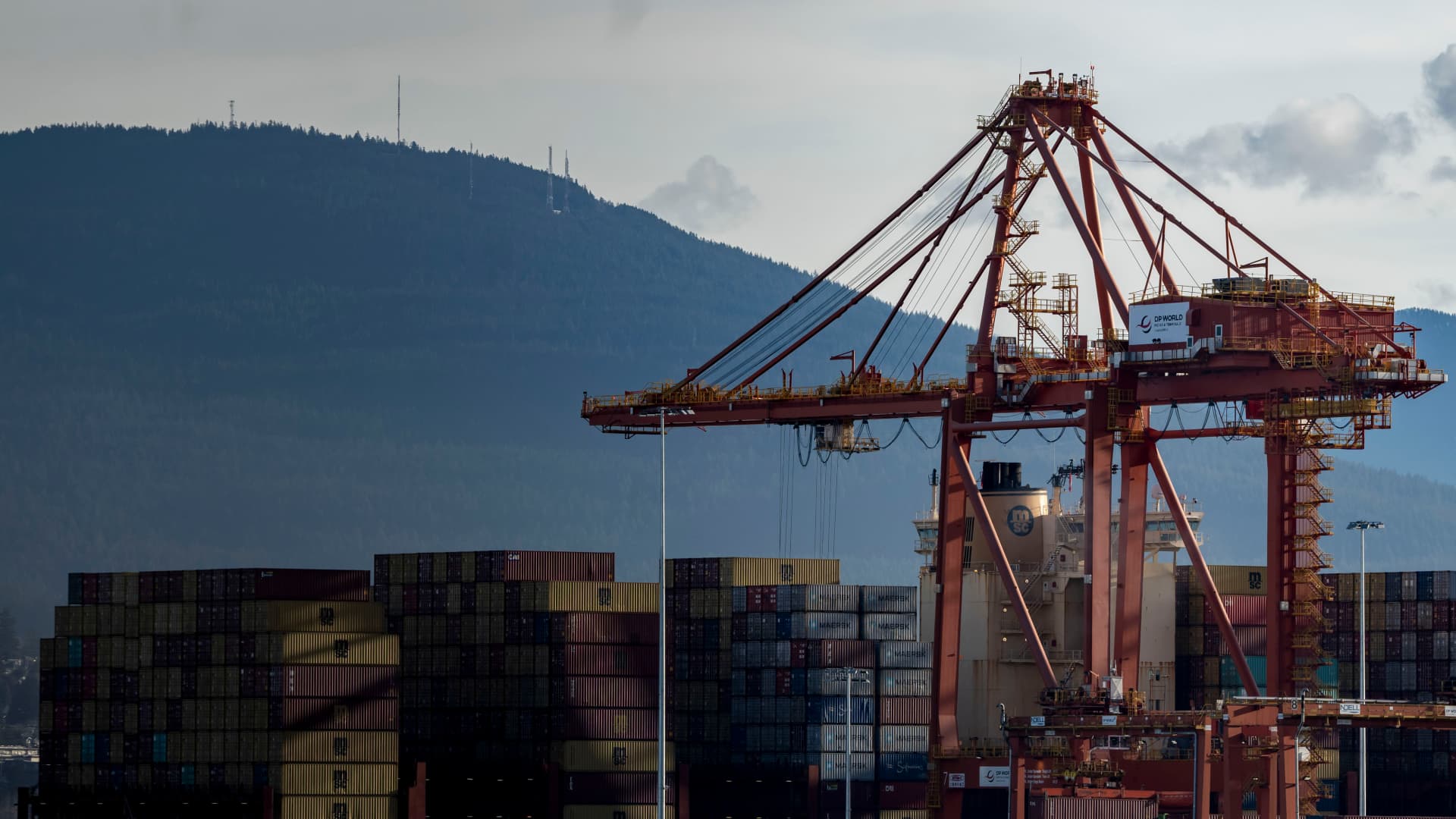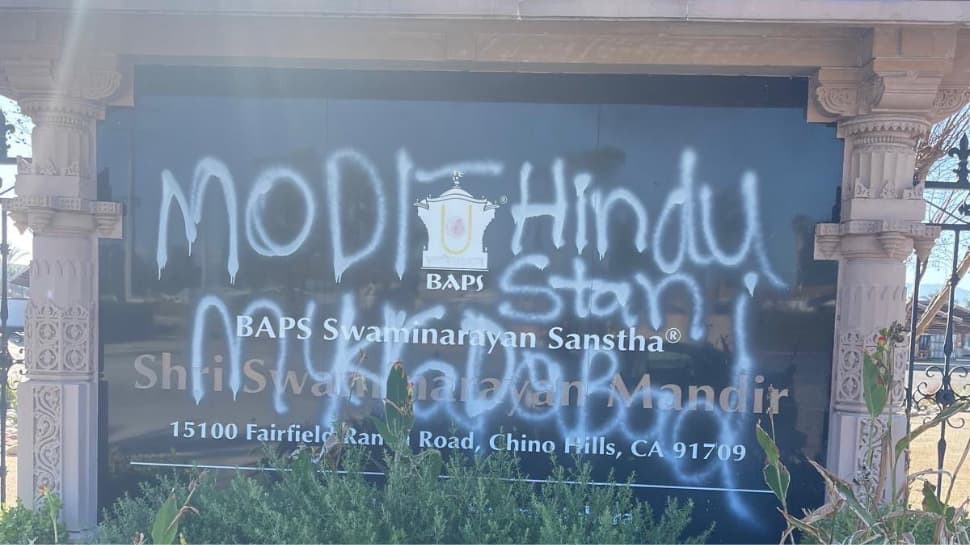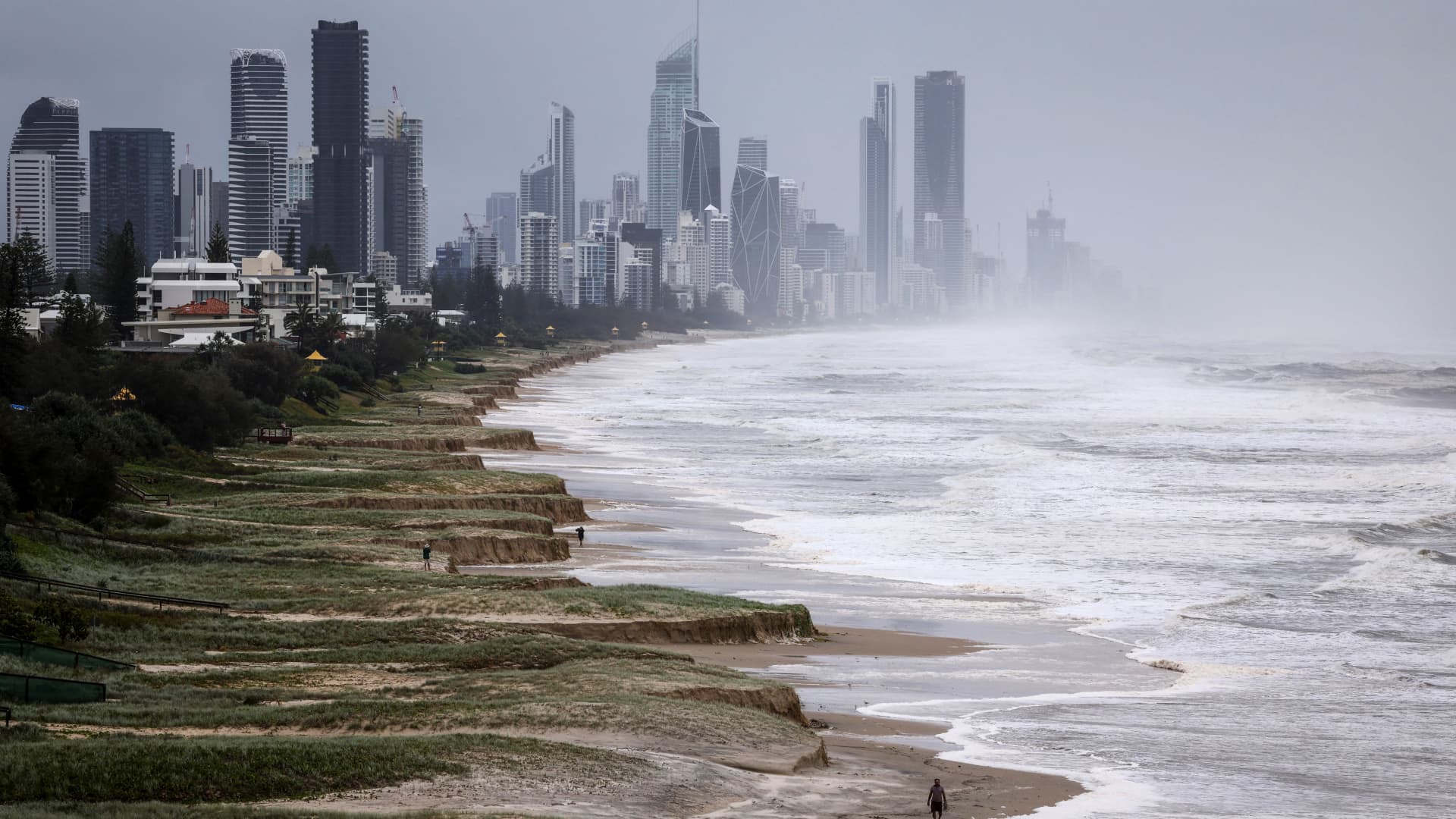Netanyahu’s Permanent Conflict: In the highly volatile terrain of West Asia, the aggressive policies of Israeli Prime Minister Benjamin Netanyahu against Hezbollah in Lebanon and Hamas in Palestine have indicated that a widening regional war may be brewing over there. This makes Netanyahu’s pursuit of what many consider the “final solution” to the Palestine issue not only perpetuate violence in Gaza and the West Bank but inflame a wider conflict that may engulf all of the region. Recent escalations between Israel and Hezbollah at least mark a dangerous turning point, which serves as the Netanyahu government’s willingness to take military action not only against Hamas and other Palestinian militants in Gaza but beyond; one that gradually alienates the entire world and worsens the internal stability within Israel.
Table of Contents: Netanyahu’s Permanent Conflict
Escalating War with Hezbollah
On September 22, 2024, Netanyahu announced a war of scorched earth against Hezbollah, a militia group within Lebanon allied with Iran. That was two weeks shy of the date when the October 7 Hamas attack had ravaged for 1,200 Israelis. Netanyahu’s strikes included air attacks on Gaza, killing more than 41,000 Palestinians, most them women and children so far. Although, the range of the conflict has since been spread to engulf Hezbollah. The conflict has been marked by Israel launching airstrikes on the estimated 1,300 Hezbollah targets while killing about 500 people and injuring thousands more.
Iran said that it has built rockets which can fly deep into Israel. According to reports from Tel Aviv, Israel says the attacks are intended to neutralize Hezbollah’s rocket attacks on northern Israel, where it has moved 60,000 Israeli civilians. Hezbollah, through a statement made by one of its leaders, has vowed to continue the rocket attacks until a cease-fire is struck in Gaza. This has put the conflict between Israel and Hezbollah in danger of turning into a full-scale war between Lebanon and Israel: one that promises to be disastrous for the wider region.
Sophisticated Attacks, Rising Tensions
Israel’s latest attacks on Hezbollah are marked by a degree of sophistication in terms of technology that has escalated the playing field for this volatile situation. For example, this was as Israel recalled when it bombed some 3,000 pagers used by Hezbollah on September 17. The reports claimed that coded messages were sent to all the pagers at once, exploding and killing 17 Hezbollah members while injuring more than 2,000. The Israeli forces targeted Hezbollah once again a day after the incident with bomb devices implanted inside walkie-talkies during the funerals of the martyrs. Such attacks have been a clear message about the advanced capabilities of Israel and its determination to target Hezbollah at any cost.
While its technological capability is without question, attacks from Hezbollah are likely to intensify and destabilize northern Israel and attract world attention. Deaths are mounting, and neither side relents. The threat is of becoming the next battleground as this fighting escalates throughout West Asia.
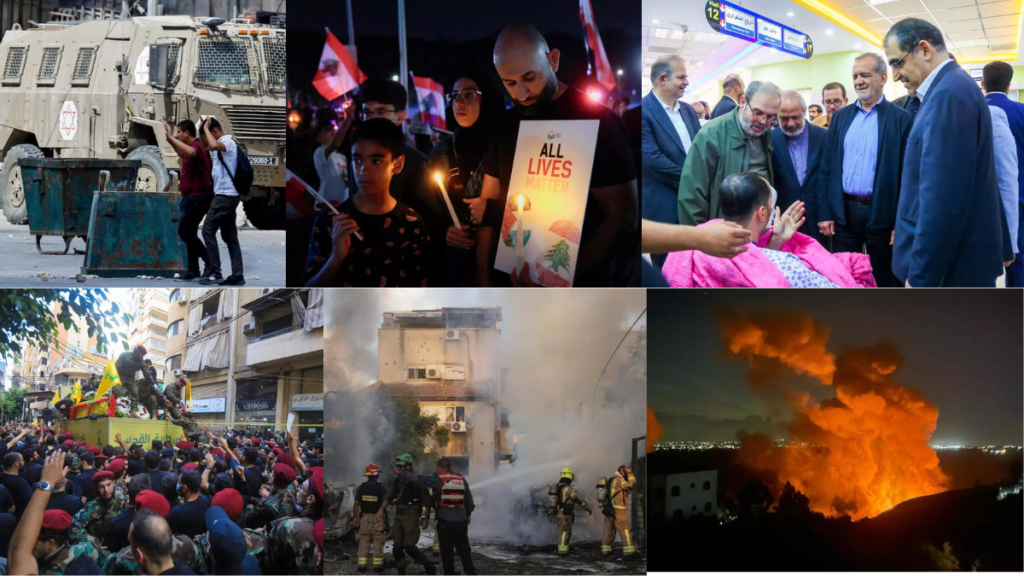
Conflict over Gaza and Settler Violence
These new escalations of the military situation of Lebanon are not isolable from the situation of Gaza and the West Bank within the continued war. The attack of Hamas since October 7 has pushed Israeli forces to carry on day after day bombing Gaza, leaving immense destruction in their wake. More than 41,000 people have died in Gaza and over 700 in the West Bank. In Gaza, 70% of those killed were women and children; indeed, over 85% of Gaza’s 2.3 million people have been forced to flee their homes. The current situation in Gaza has been known to hit disastrous proportions, with minimum chances of the future.
In West Bank, Israeli settlers have increased violent attacks against Palestinians and evicted hundreds of Palestinian families while destroying vital infrastructure. Since the outbreak of the conflict, more than 1,250 settler attacks on villages, water supplies, and olive groves have been reported. The aggregate of those attacks, plus the Israeli military’s “Operation Summer Camps,” is perceived by many Palestinians as an attempt to take more territory and to drive home the presence of the Israeli entity in the West Bank.
For instance, the level of violent attacks experienced in the West Bank has increased alarm over a bigger regional conflict, especially considering Israeli forces continue to arrest and detain Palestinians in mass numbers. More than 10,000 Palestinians have been arrested since August 31 under the pretext of conducting counterterrorism operations, leaving to widespread protests and international condemnation.
Netanyahu’s ‘Ring of Fire’ and Regional Conflict
The Lebanon and Gaza episodes are part of a bigger strategy Netanyahu is pursuing to deal with what he calls his country is fighting in a “seven-front war.” There is, according to Israeli commentators, a “ring of fire”-threats coming from Gaza, the West Bank, Syria, Lebanon, Iraq, Yemen, and Iran. At least, these have not yet united into a single coordinated assault-but that possibility hangs ominously over the head. Iran’s in involved-by its end-engrosses a host of complications through direct military confrontation with Israel and giving aid to Hezbollah as well as other militias.
Netanyahu’s aggressive posture has increased the likelihood of an all-out regional war. Already, 100,000 Israelis have been evacuated from their homes in northern Israel by Hezbollah’s rocket barrages. And the war has reached unprecedented levels of direct military exchanges between Israel and Iran, which threatens a large-scale extension of powers from other regional players, like Saudi Arabia and Egypt.
Role of the US and the Failure of the Ceasefire
Despite the initial strong support for Israel’s military response to the October 7 Hamas attack, the United States has grown increasingly discomforted by the daily increasing death toll as well as the very deepening humanitarian crisis in Gaza. In fact, the Biden administration has strongly pushed for a ceasefire, but Netanyahu refused US-backed efforts to broker a ceasefire and persists in insisting that Israel should get to its key military objectives in Gaza first before negotiations could begin.
The major sticking point of the ceasefire negotiations is Israel’s demand to retain control over the Philadelphi Corridor, a narrow strip of land along the Gaza-Egypt border. Netanyahu said this corridor is crucial in order to forestall the smuggling of weapons and tunnel-digging equipment into Gaza but his position has infuriated both Egypt and the international community. The ongoing deadlock has resulted in more Palestinian fatalities and a growing humanitarian disaster.
Critics attribute Netanyahu’s unwillingness to accept a ceasefire to his addiction to maintaining the support of the ultranationalist groups in his government. His reluctance to relinquish the war on Hamas attracted scathing attacks, and protests erupted throughout Israel as its citizens cried for an end to the war and the release of Israeli hostages being held by Hamas. However, Netanyahu refused to bow down along the way most are afraid that the war will spill even more blood.
Permanent Conflict: Lethal Doctrine
Indeed, as critics have contended, Netanyahu’s vision of the future for Israel is one of “permanent conflict.” Apparently under the influence of his predecessor Prime Minister Ariel Sharon, Netanyahu apparently believes that a true peace between Israel and the Palestinians will never materialize because, at least in his thinking, Arabs will not ever concede to the legitimacy of Israel’s existence. To this end, Netanyahu has renounced the two-state solution and only focuses on managing rather than solving the conflict.
That method has culminated in the systematic destruction of the infrastructure, institutions, and even identity of Palestinians. Israel’s military operations have reduced Gaza to rubble, with much of the territory’s infrastructure destroyed and its more than 1.9 million residents displaced. Critics say Netanyahu wants to make Gaza uninhabitable, thereby forcing Palestinians out of the strip into other countries, such as Egypt.
In the West Bank, settlement expansion has been so extreme as to create non-contiguous Palestinian enclaves, further fragmenting the territory and increasingly impossible to contemplate a viable state for Palestinians. All the same, comparison with apartheid has been draw: the Pakistani Wall, with Palestinians inhabiting isolated “Bantustans,” while Israeli settlers control vast stretches of land.
A Wider War on the Horizon?
As Netanyahu presses on with his aggressive military policy, prospects for a wider regional war continue to loom large. Israel’s attacks on Hezbollah could provoke retaliatory measures by Iran and its allies in the “axis of resistance.” These persistent outbreaks of violence in Gaza and the West Bank hold the threat of casting a destabilizing shadow over the entire region.
Permanent conflict will serve Netanyahu’s narrow, short-term political interest but risks igniting West Asia with a protracted catastrophe. As tensions escalate on various fronts, the world anxiously waits and hopes that diplomacy and restraint will arrest further escalation. Yet, as the conflict drags on, the possibility of peace recedes further; in such a scenario, the region will be on the brink of catastrophe.
Disclaimer
The content on this platform, including articles and images, is sourced from various reputable news websites, publications, and publicly available information across the internet. We do not create these stories or images independently, nor do we claim ownership of the original material. All content is provided for educational and informational purposes only, aiming to offer a broader understanding of global events. We are not responsible for the accuracy, reliability, or validity of the information or images presented. Any reliance on this content is at the user’s discretion.
